Sidebar
Main Menu
Lower Your Expectations | Rome Travel Trip
Preying on hapless tourists is the scammer's "low lying fruit." No one enjoys getting scammed, and it ruins this cultural icon, not to mention your hard-earned vacation!What We Will Cover:
Tips for Your Trip to Rome
The last time I was in Rome was 40 years ago when my sister and I took one of that 10-day, 12- city bus tours of Europe, which started in Brussels and ended in Paris. I remember we went through Germany, Austria, Switzerland, Italy. In Italy, we did Rome, Venice, Pisa, and Florence. You can imagine, we just saw the "highlights," and sometimes, it was from a bus window! I don't remember much of Rome, but the glimmer of memories left was nostalgic, not negative.
Last May, we were in Rome, and I was disillusioned. Over tourism has taken over with overwhelming crowds, long lines, poorly maintained sites, and general disorganization. In the past, we worried about the gypsies stealing our purses. Today, it's a rip-off city. Don't get me wrong. Rome is still a remarkable city. It is one of the oldest and most influential civilizations. All you can do is shake your head in disgust and say, "Quel dommage."
Here are my tips to help you not be disappointed in your next visit to the Eternal City.
1. Be Prepared For Anything When Taking ItaliaRail
We were going on a Mediterranean cruise, which started in Rome and ended in Athens on Princess Cruise Line. We had been living in Lyon, France at that time, and we had not yet taken a trip to another country by train. In this case, it was going from Lyon to Rome. Luckily, the Europeans think of everything, and it was a piece of cake.
There is a TGV that goes from Lyon to Milan via Turin (Torino in Italian). From Turin to Milan, then to Rome, we transferred on to ItaliaRail. When going from one country to the next, you start with the train in the country you are leaving. Once you've crossed the "border," you buy the next leg from whatever country you are going to.It is easier to buy the ticket when in Europe than when you are in the U. S. I wouldn't buy Eurorail because it comes with restrictions, and you pay almost double the price of the ticket for shipping and credit card charges. When in Europe, an Mobile App does everything except ItaliaRail, which is a web browser accessible only as of 2019.
I understand we want our tickets in hand before leaving for the trip. I used to think that, but it is quite straightforward. Most people in the train stations are helpful and speak excellent English.
I had not heard many good things about ItaliaRail (Trenitalia), but gratefully, the Italians have been upgrading their system. They have high-speed trains going to the major tourist routes and regional trains for others. The Freccia (translated as "arrow") trains are the high-speed trains known for bright exterior colors -- Frescciarossa (red arrow), Frecciargento (silver arrow), and Frecciabianca (white arrow). Frecciarossa is the fastest train that goes to Rome. The Silver and White trains are short-haul trains to tourist cities like Venice, Bologna, Florence, Turin, Naples, and others. These are charming trains, clean with excellent food service, and good internet connections. Our experience with these trains was good.
Now the regional trains are a different matter. From Turin to Milan, I found a cheap, cheap, cheap ticket with a good schedule. I remember the fare was 12 euros, and I thought I hit the jackpot! NOT.
There's a reason it was 12 euros. After taking the sleek TGV from Lyon, we were boarding this old, rickety train that would take us to Milan. My husband was locked in a train compartment he boarded ahead of us. The door jammed, and he could not get out. I had to rush to the next open bay to open the door from the inside of the train. We were thankful that the trip was not too long, although the hour's journey to Milan on a fast train was two hours on this claptrap.
We took another train on another trip, from Bologna to Rimini, to go to San Marino. The train on the way back was full to the brim that some passengers almost got in a fistfight. We had to stand back to Bologna or sit on the steps going to an upper level.
2. Rome is Rip-Off City. Beware of Taxi and Restaurant Scams
You sometimes visit a city and feel an immediate attachment. The three of us agreed that Rome was a mess, and it might be a long time before we returned.
The sites, of course, are unbelievable. But, after a day in Rome, you immediately get the lay of the land. I browsed the blogs on the cities we are visiting, but mostly on the logistics side. I did not read the blogs on the scams in Rome. I knew about the gypsies, and we took necessary precautionary measures like protecting purses, backpacks, and other personal items.Yup, we got ripped off. First with taxis and then with a restaurant. I know it happens in many big cities, but in Rome, it was brazen and rampant.
The Italian scammers prey on hapless tourists of all ages who are exhausted, hungry, and thirsty after long days touring or shopping. I hate to make a general statement like that, but scamming seems to be the norm than the exception. Tourists, for the unscrupulous, are low hanging fruit.
Our first time, we paid a flat rate of 25 euros. We didn't know the route, and the price, though high, was comparable to other major EU cities. After paying our fare, the taxi driver started to pull away without checking to see if we were entirely out of his car!
The second time, we were wiser, or so we thought. We went to a taxi line. We now knew to take cabs using the taximeter. We had just come from a tour of the Vatican Museum and the Sistine Chapel. We were hot, tired, and cranky. There must have been a dozen taxis on the queue and all of them, quoting a flat rate of 25 euros. Some even suggested we just walked.About to succumb to desperation, a taxi came along to join the queue. When I asked how much, the driver pointed to the meter. We jumped in as fast as we could. Oh my, you should have heard the disgust and seen the hand gestures coming from the other cab drivers! When he dropped us off, we paid him the elevated price asked the other drivers. He refused to accept it, but we insisted. The one honest driver in Rome!
To grab a bite before heading back to the apartment. The restaurants in the city were busy, but we found a good-sized restaurant that appeared to be in a lull at that moment. The server was very good at upselling dishes he knew Americans liked - tomato and mozzarella and soda.
Well, we got three of everything and all supersized! Each must have gotten a gallon-sized jug of soda, and three large plates of tomatoes and mozzarella. We ended up with a 100 euro lunch. The server had the gall to say that we did not need to leave a tip!
Getting ripped off anywhere and anytime is not pleasant. It ruins the reputation of the city if not, the country. If anything, it casts a shadow on your well-earned vacation.
Americans are generous people and are willing to pay for excellent service. They are honest and appreciate and reward the honesty of others.
3. Finding Lodging that is Best for You
This part is no scam, but it added to our annoyance in Rome.
In determining where to stay, I browsed a travel blog that I follow, Adventurous Kate. She recommended staying in an area called Trastevere, which appeared to be the latest "cool" place in Rome. Food is the big draw for its popularity with good, small restaurants, and outdoor cafes.
I found a place called Tree Charme. Our unit was clearly stated, "in a separate building." It was hard to find. Even the taxi driver was a little perplexed. It was in a very narrow street only the smallest of cars could get through. It was in the middle of one of those old, cobblestoned streets, similar to Vieux Lyon. I thought it was a little "rustic," which is a polite way of saying "old."
We had just arrived from Turin, where we stayed in a beautiful, newly converted 17th-century building. We had so enjoyed staying in our Palazzo that Tree Charme was a total let down.
To be fair, we had everything we needed at Tree Charme, and everything worked, and the host, very responsive and efficient. The kitchen was one of those kitchens in a closet because that's what it was! It was blah but serviceable.Then, it was also a longer walk. Tree Charme offered breakfast, but you had to walk almost a mile to get to the main building. True, there were stores nearby, but there's something unappetizing about buying your breakfast from a small grocery store.
It also a long walk from the main tourist sites. When you walk 20,000 steps a day on your tour, adding half a mile or more to cross the Tigris to get to Trastevere, it will seem endless.
When we were about to leave for Civitavecchia, I chatted with the house cleaner who happened to be a Filipino. He said our unit was old compared to the other Tree Charme apartments. He thought the condo would be renovated sometime soon. (I just checked their website, and the same unit appeared to be new.)
If I decided to return to Rome (which might not be soon), I would modify my normal travel parameters.
4. North Italy Versus South Italy
First, I would modify my expectations for Rome, and possibly all of South Italy. Our experience in Turin and Milan were so different from Roma. I think most Italians will agree that South Italy is not the north. They say the north is more progressive with an economic base in manufacturing. It's closer to the rest of Europe and more influenced by them.
South Italy is more isolated, more impoverished with the sea to support the population. Its history is that poverty gave rise to the mafia, which started in Italy and grew all over South Italy and exported it to the U. S. South Italy is still impoverished today because of its influence, which is rampant with crime and corruption. The mafia has extended its power to the north, but citizens there are not as freely accepting of this lifestyle and do more to counteract it. It's not surprising Rome is the scam city it is.
5. Best Time to Travel
We were in Rome in late May, and it might have been a little early. Our tour guides say that May is less crowded than June to August. March and April might be the best months. The weather then would be cooler. In March and April, more Europeans travel, and there are very few Americans. The winter months might be an option, but it would be wetter.
6. Pace Yourself and Take a Rest Day
You will walk a lot in Rome on cobblestone streets. Lines will be long, and heat will be debilitating. We made the mistake of booking a tour of Vatican City in the morning, and a city tour and the Pantheon in the afternoon. We were dragging in the afternoon and cranky. So, pace yourself to better to appreciate the cultural sites and your mental state!
Rome is a big city of four million people, more when you add the nine million annual visitors. Plan a day off between scheduled tours to catch up on sleep, exercise, or meander around the city. It will keep you sane.My Best Roman Sites
I don't mean to imply that the trip to Rome was a waste. Rome is like walking into an archeological ruin with structures that go back thousands of years. It has the most number of churches, some known and unknown. There are many museums, although we only saw the sculptures and paintings in the Vatican. That in itself was jaw-dropping. We have even mentioned the monuments and the fountains.
Take great pictures to give you memories and forget the disappointments.
- Colosseum is an immense elliptical-shaped amphitheater circa 80 A.D. with a capacity of 80,000 seats. The amphitheater became the center for games or "circus," used to cultivate the war-like spirit of the Romans, the conquerors of the world. Gladiators, trained to fight to the death, fought wild beasts, which added to the horror of the show.
- Arch of Constantin, a grand building at the edge of the Roman Forum, built to celebrate the victory of Maxentius in 312 A. D. The arch (part of the north aisle) is the only remaining part of the Basilica of Maxentius, the largest building on the Forum.
- Vittorio Emmanuel II Monument is a building to celebrate the Italian Unification of 1861, Vittoria Emmanuel II was the first king of the unified peninsula, which became a republic after WWII. This white building atop Capitol Hill (1885-1911) was squeezed into the middle of the city.
- Temple of Titus, a smaller version of the Arch of Constantin, on the western side of the Forum, is dedicated to Vespasian and his son, circa 79 A.D.
- Curia Julia (front right) is the senate house. The curia was a meeting housse circa 284 A.D. to 305 A.D. The church behind it is the Church of St. Adriano.
- The temple (three columns) circa 1 B.C. was built for the demi-god twin sons of Jupiter, Castor and Pollux. It is said the temple celebrated a victory (496 B.C.) where two your men riding white horses were said to appear to lead the Romans to victory.
- Roman Forum was the heart of the ancient Roman city, filled with grand temples, civic buildings and a market place. Located between the Palatine and Capitoline Hills, it existed from about 7 B.C. until the fall of the Roman Empire. Plundered and neglected, the Forum became a pasture until its excavation in the 18th and 19th centuries. Structures within the Forum today are the Arches, the Curia, Temple of Castor and Polluux, Arch of Titus, Temple of Saturn, Temple of Venus and others.
- Pantheon is a massive temple, and is the only architecturally intact monument from classic times. The Pantheon dome is the the largest unreinforced concrete dome, with an oculus on top the dome as a source of light. Originally designed my Marcus Agrippa, it was rebuilt three times with the final construction by Hadrian in 125 A.D.. It became a basilica in 609 A.D. It's also a mausoleum for Raphael and members of the House of Savoy.
- Vatican City. We all know about St. Peter's Basilica as the residence of the Pope. It has been that since 1377 and a succession of 254 Popes. For some time, the Papacy was in Avignon, France in the 11th century. The site is the Circus of Nero, where St. Peter was crucified (64-67 A.D.) and where you will find his relics. The Vatican became Vatican City in 1929 under the Lateran Treaty between the Vatican and the State of Italy. The Vatican is a treasure trove of works of art of the most famous artists of all time, including Michaelangelo, Raphael, Bernini, and many more. The Vatican is a full day tour minimum to several days.
- Trevi Fountain - On Via Corso, the fountain is a popular site which carries a legend that any visitor who tosses a coin into the fountain ensures his or her return to Rome. Marcus Agrippa connected the mountain water to the site in 1 B.C., but the fountain was built in 1735 by Nicolas Salvi.
- Spanish Steps is another famous site on Via Condotti on the Piazza di Spagna or the Spanish Steps. At the foot of the steps is the Fountain of the Boat (circa 1623) created by Bernini. Legends go that after a flood of the River Tiber in 1598, water carried a small boat into the Piazza di Spagna. When the water receded, the vessel rested into the center of the Piazza, which inspired Bernini. The stairway of 135 steps, was built by the French, Etienne Gueffier, in 1723-25, to link the Trinita Dei Monti Church which was under the Bourbon King of France, and the seat of the Embassy of Spain to the Vatican
- Hadrian's Mausoleum, also known as Castel Sant'Angelo, is a cylindrical fortress near the Vatican, built to house Hadrian's tomb and his family's circa 123 AD. Subsequent emperors used it as a fortress to defend the city against barbarian invasions. Its confirmation to Castle occurred in about the 10th century when it passed to powerful Roman families in Rome, then eventually to the Vatican in the 13th century. The long passageway allowed Popes to walk from the Vatican to the Castle safely. The Popes also used the building as a fortress, a palace, a prison, and a place of torture.
- Another place you must see are the catacombs, where no photography is allowed. The catacombs are ancient underground burials in Rome, of which there are many, and more being excavated. They date from about the 1 B.C. to 5 B.C. as burial places of Jews, pagans, and Christians. The word "catacomb" means "next to the quarry" because the first catacomb found in Rome was next to a quarry. Early Christians buried their dead in vast underground cemeteries, due to the lack of space and high cost of places above ground. Corpses were wrapped in sheets and placed in niches and then covered with gravestones. The creepiest catacomb we saw was the Capuchin Crypt beneath the Church of Santa Maria Della Concezione Dei Cappuccini. In several rooms were the skeletal remains of 3700 bodies of Capuchin friars (1528-1870), arranged (skulls, skeletons, and bones)in a unique "artistic" way. It's too creepy even to remember!
There was so much to see and too many photographs to sift through. But, I did not want to end with talk of the catacombs. I will leave you with a calm picture of Palatine Hills.
In closing, I will say that Rome is a wonderful, cultural place to visit, but you do have to put up with a lot. To be forewarned is to be forearmed!
Check out Turin, a spectacular city in Italy, that is not Rome!
When you subscribe to the blog, we will send you an e-mail when there are new updates on the site so you wouldn't miss them.



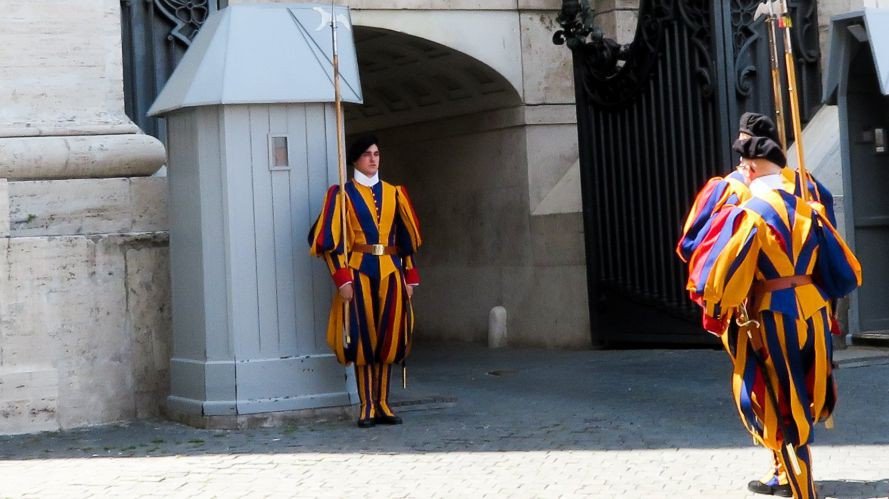

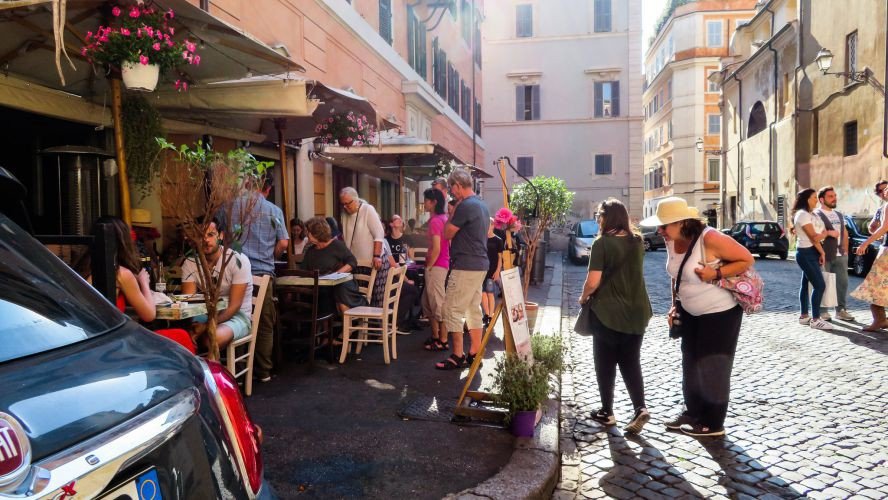
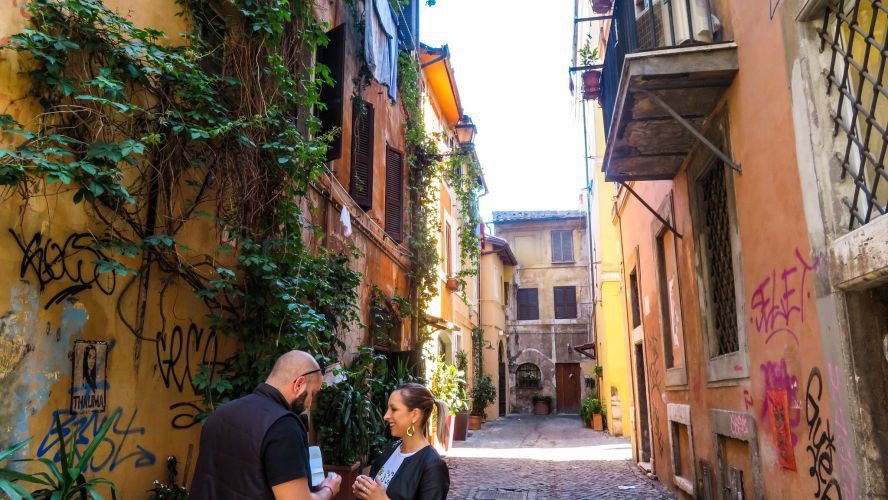
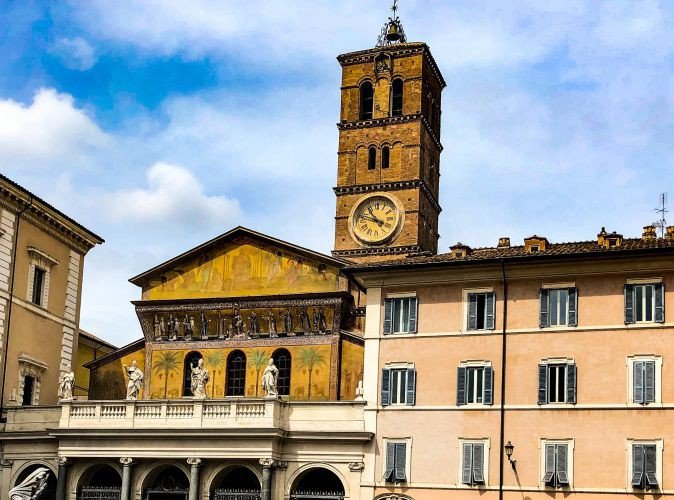

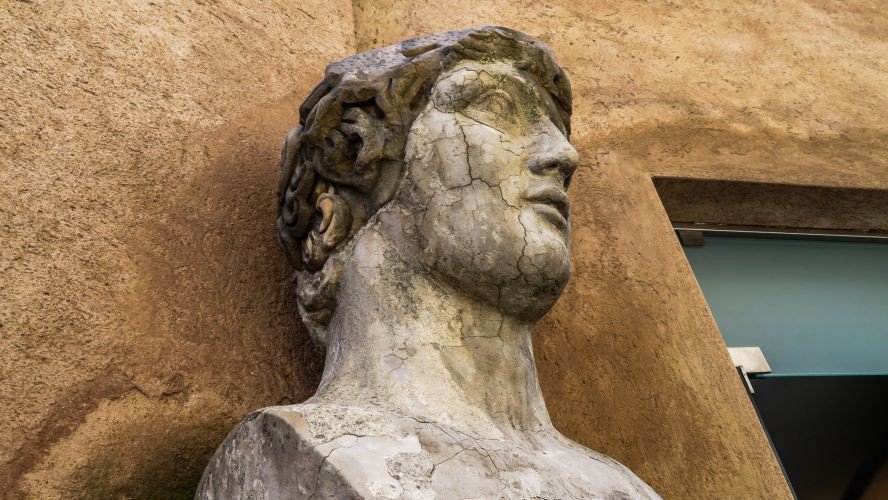
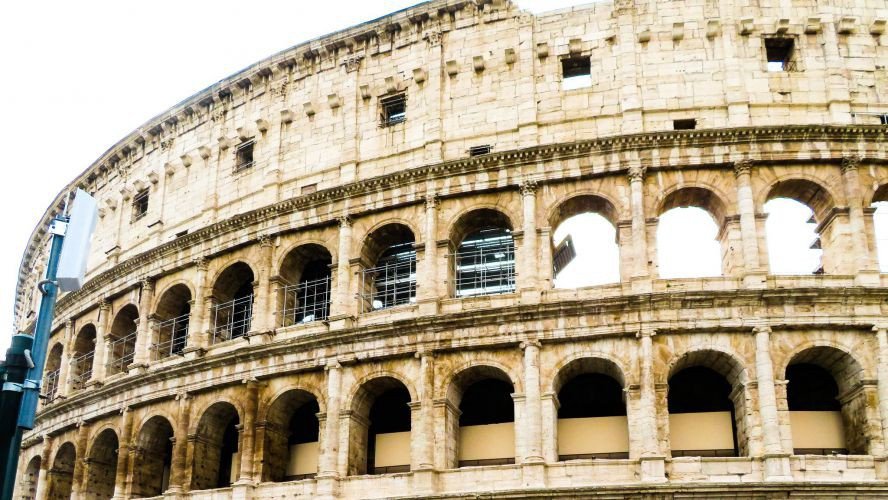
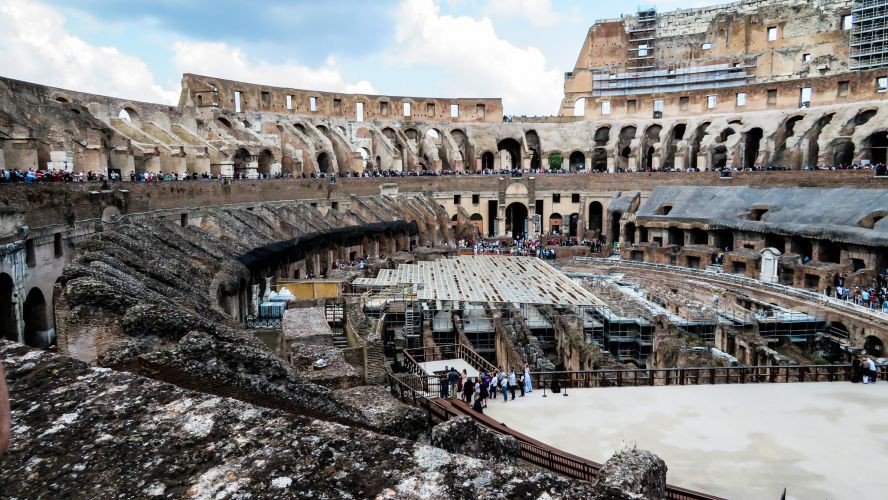

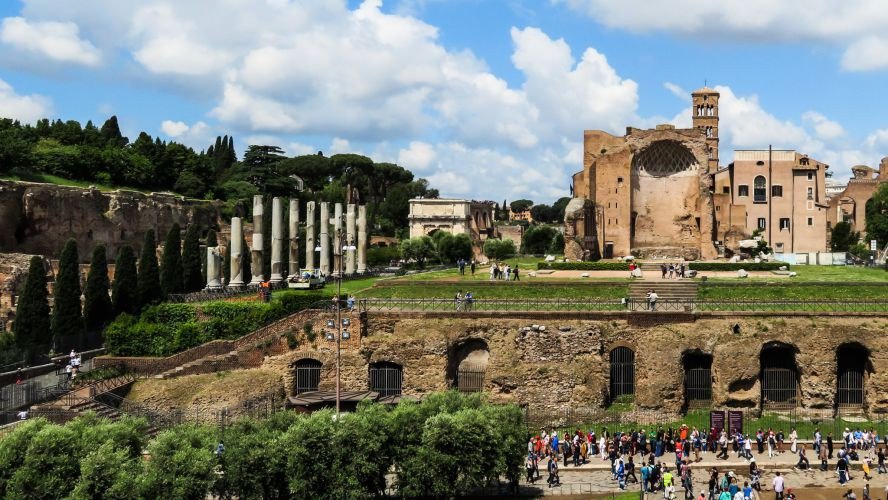
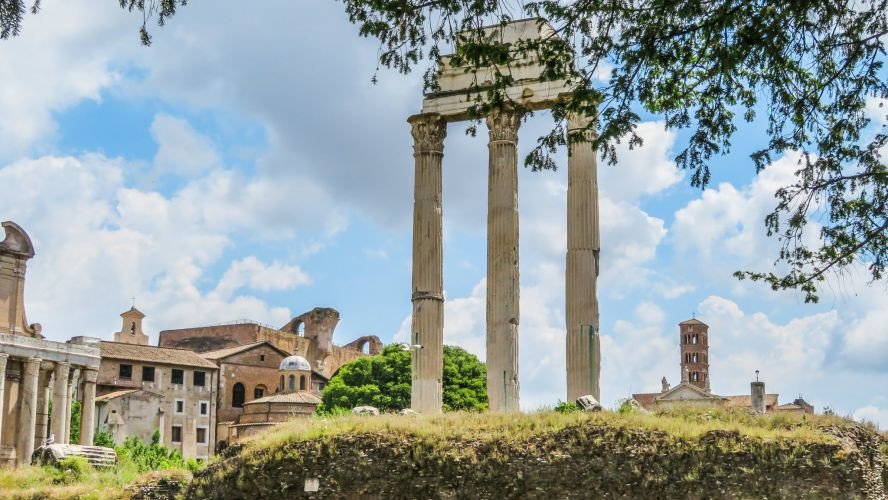
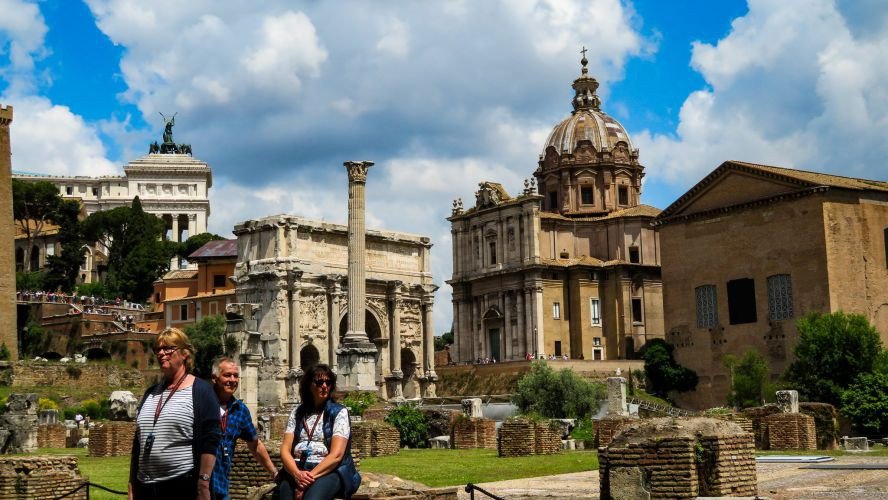
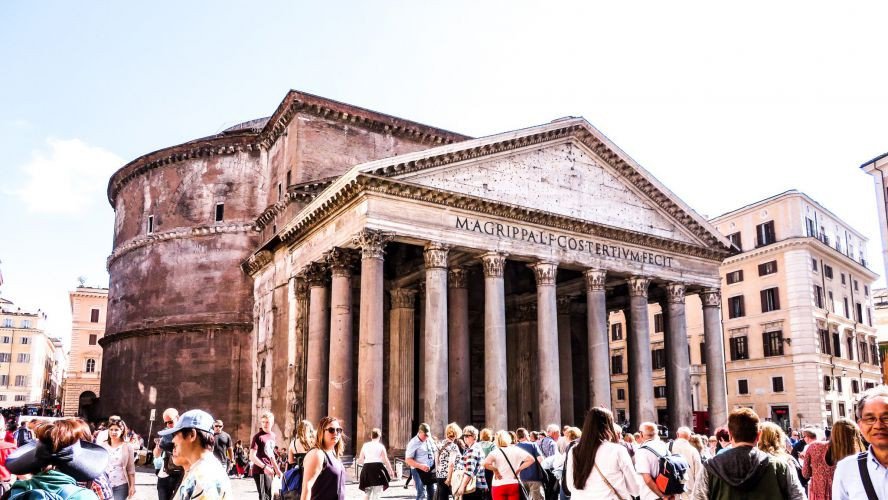
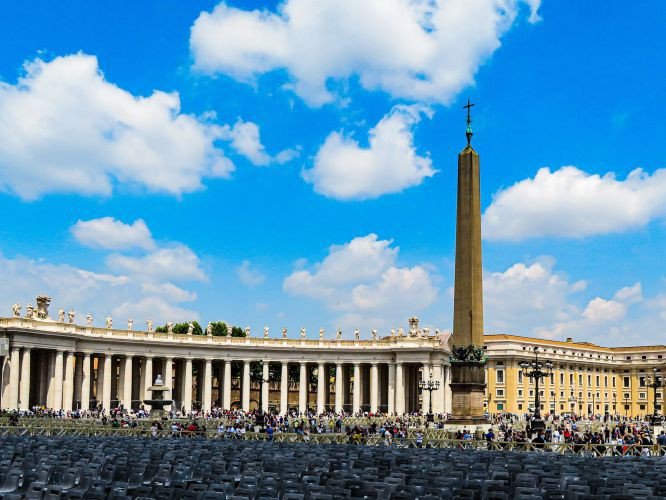
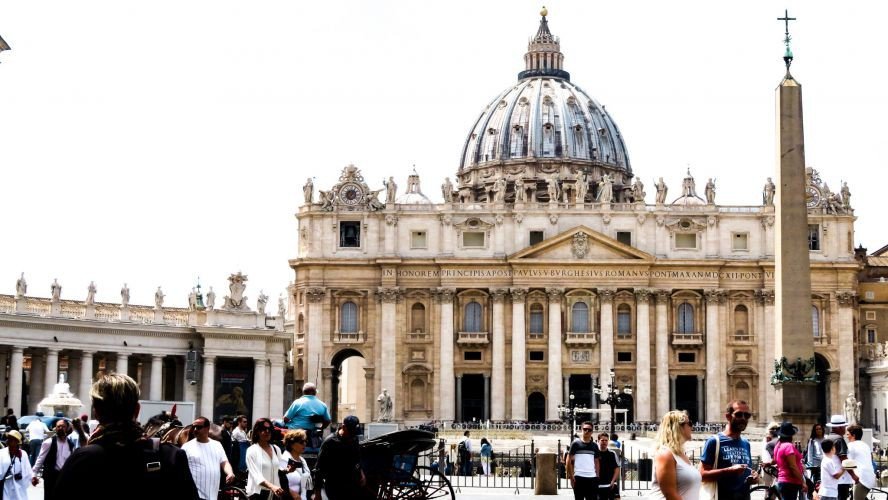



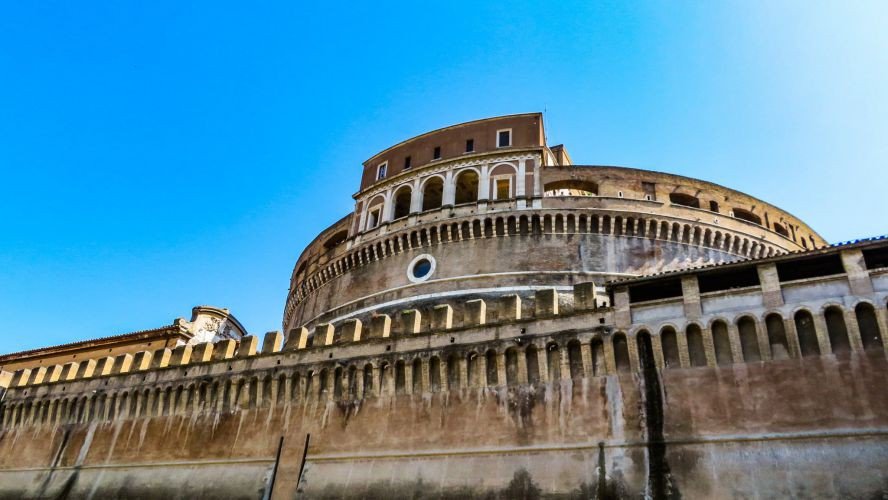
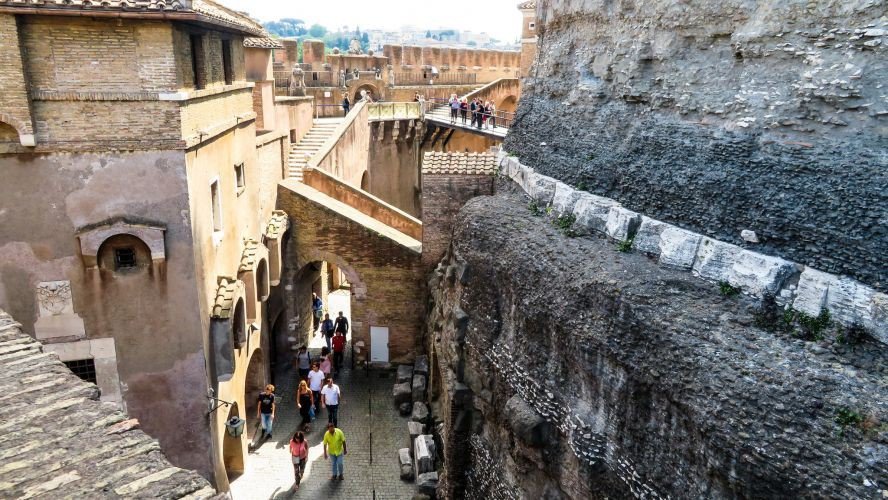
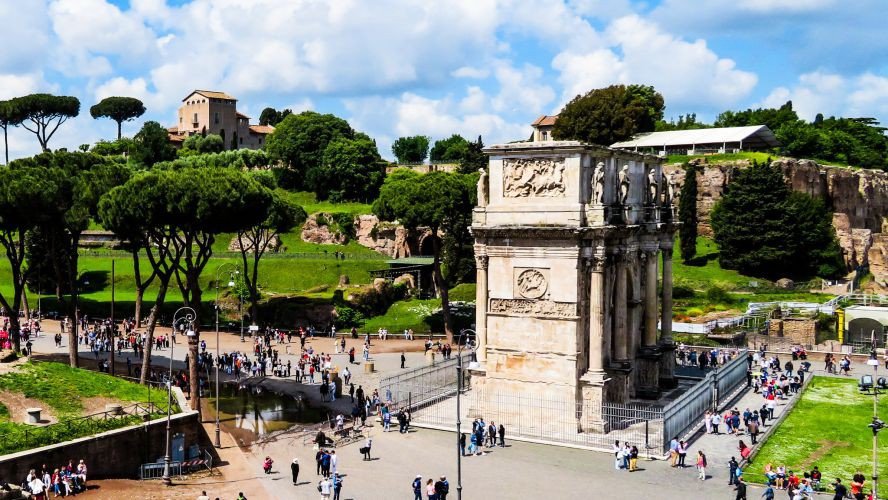
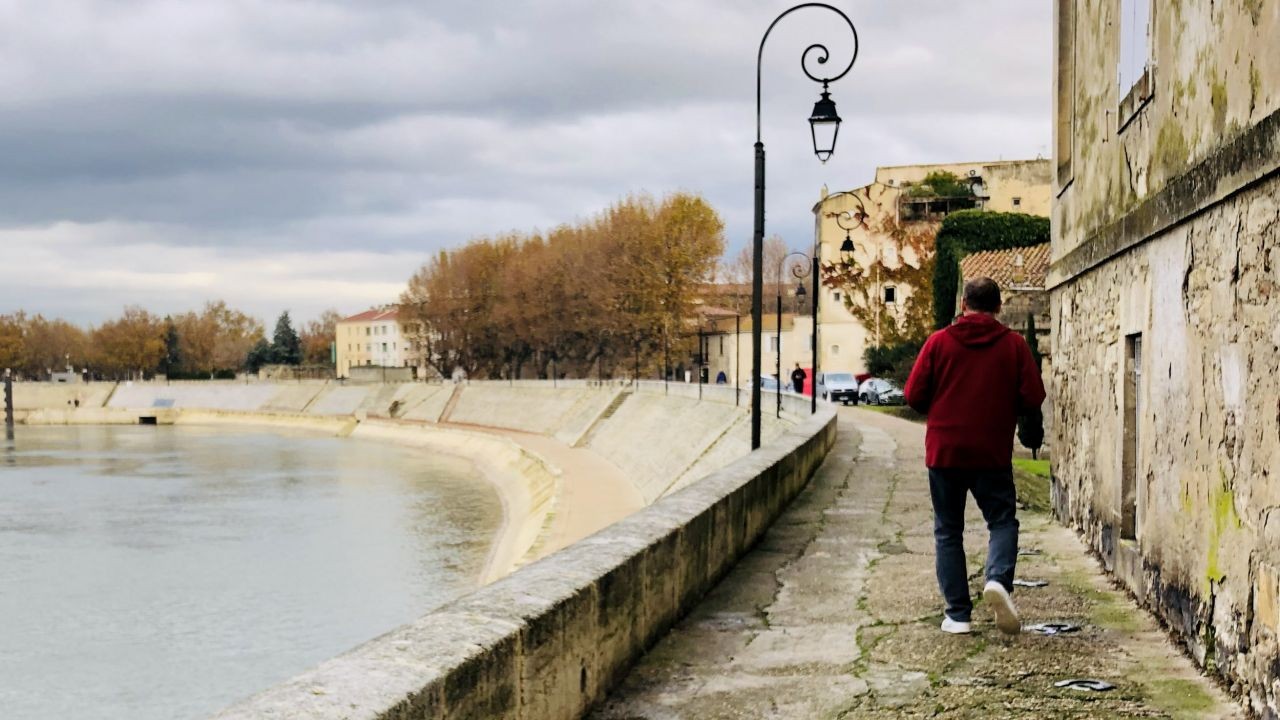
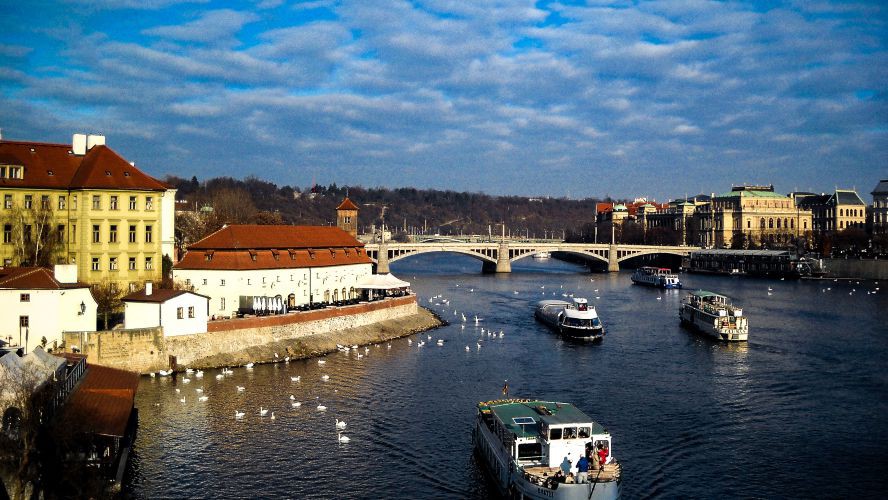
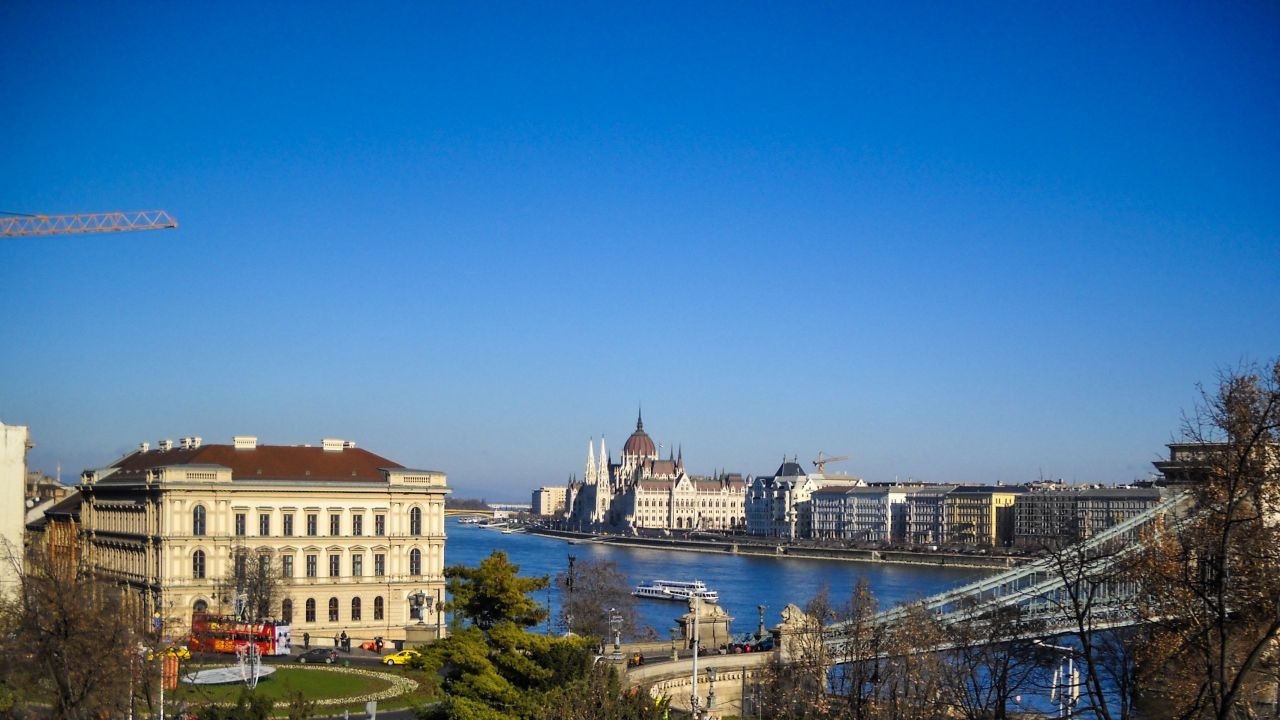
Comments